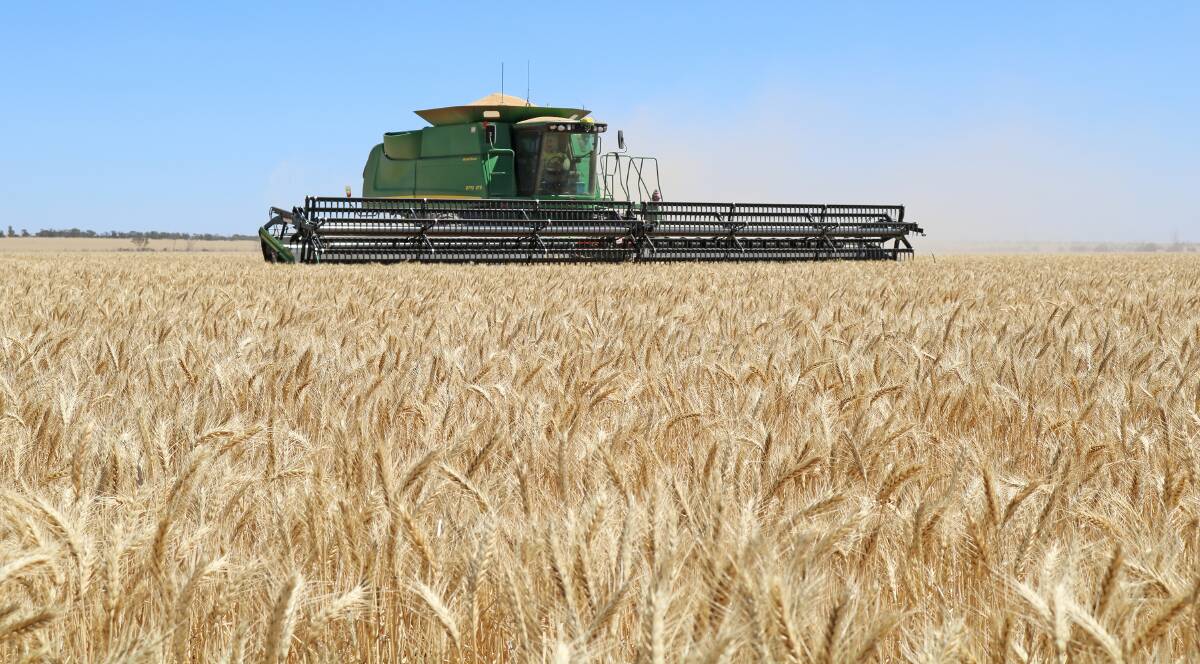
THERE have been many articles written about the size of the Australian winter cereals crop and its amazing turnaround versus the past few years.
Subscribe now for unlimited access to all our agricultural news
across the nation
or signup to continue reading
One of the most amazing things about the season has been just how well Western Australia has managed given the below average rainfall throughout the growing season.
There is not a single commentator now sub-30 million tonnes for wheat, with some stretching to more than 35mt given the exceptional yields in New South Wales.
Therefore, the crop is the pig and the supply chain is the python and a lot of work is going to be needed to digest our burgeoning exportable surplus.
WA and South Australia are fortunate in that their market is geared to such a task, but given the bigger reliance on road freight and domestic market focus, the east coast has a challenging task ahead.
The beauty of a big export task for asset holders is that elevation margin begins to build (i.e. profit to buy and execute grain onto a vessel), as the ability to actually execute becomes a premium product in the market.
Australia is 'at capacity' when it comes to exporting over the next few months, meaning we'd love to pile on more and more export sales in January, but the country simply doesn't have the infrastructure to do so.
This is common in big years and a positive as when we are hitting our export capacity it means two things - we have grown a decent sized crop and it is in demand.
When we hit export capacity in the near term, to deal with the additional offer volume coming to the market, exporters try and sell in deferred months when capacity is available, however very few global importers buy anything outside of what they need in the immediate term, especially when global prices are elevated as they now are.
To get around this, exporters will start to discount the carry they expect to incur to carry the grain they are buying now, to when they will execute it.
This is typically $2.50 a tonne per month which includes storage (outside of WA) and interest on capital used.
So, while it might look like the exporters margin is ever increasing, it's not only margin expansion but a reflection of future carry costs incurred.
The good news is that a lot of this carry has been built into domestic prices, plus there is a very healthy elevation margin for exporters (more so SA and the east coast).
This margin tends to contract once we see the back end of grower selling, which has been a consistent theme for weeks as the high absolute prices and better than expected yields kept the grower as an eager marketer.
There are plenty of ways to see our prices move higher relative to the rest of the world but if the rest of the world's prices fall, so will ours.
Being the cheapest wheat globally does not guarantee a better result in the future unless we hedge against the rest of the world falling.

